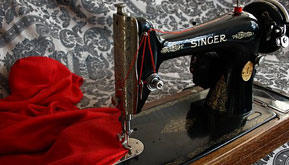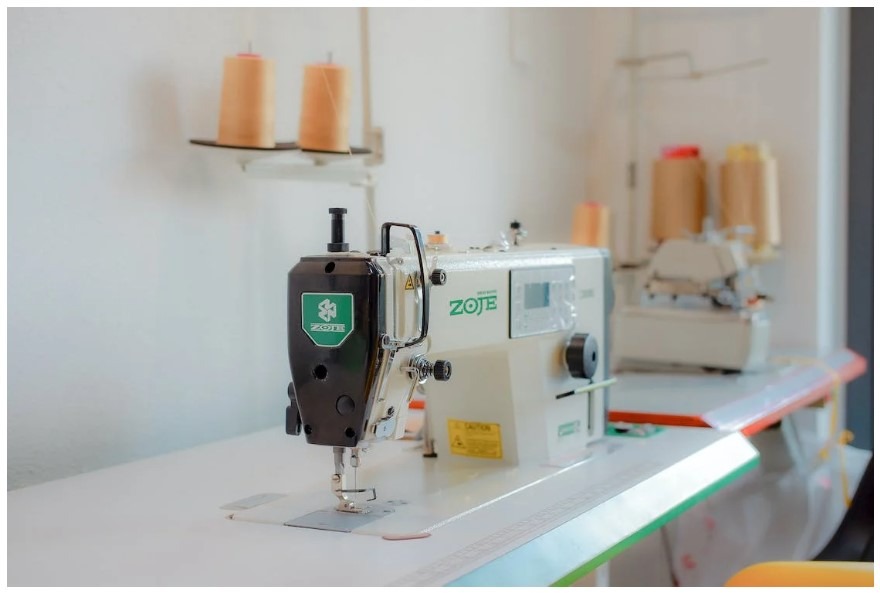Sewing may be one of the basic utility skills. However, not all people can do sewing, nor have the patience and the desire to do it. With affordable RTW clothes around, people would just buy something new to wear and not bother about sewing and making their own clothes.
Fortunately, sewing and related crafts are enjoying a revival of interest even in the new millennium. Especially with the availability of a wide range of sewing machines, they have enabled the ease and convenience of sewing… and even the enjoyment of doing it.
The sewing machine actually has a long and rich history, but we’ll try to make it short as possible.

In the following years, more people sought to improve the sewing machine. In the early 1800s German inventor, Balthasar Krems created his own version of the sewing machine and a sewing machine needle with the eye at near the pointed tip (instead of the rounded end in present-day sewing needles). In the 1810s Austrian tailor, Josef Madersperger came up with a sewing machine that worked by weaving (instead of the usual stitching).
Meanwhile, there were also American inventors who also attempted to apply further developments on the sewing machine. The first sewing machine that could actually stitch was invented by Rev. John Adams Dodge and John Knowles from Vermont. Henry Lye also patented his own version of the sewing machine, but sadly his invention and his patent were burned in an accidental fire.
French tailor Barthelemy Thimmonier and his own prototype of the sewing machine had the potential to become successful if not for the misfortunes he encountered. His first sewing machines became popular that it angered the tailors because these machines would mean putting them out of employment.

Before, all mechanical sewing machines were manufactured for use by garment factories. But by the early 20th century, sewing machines had been developed for home sewing, and the electricity-powered sewing machines had already been widely used.
During the 1970s and the 1980s, programmable automatic sewing machines were invented, offering lots of functions like the pre-programmed stitches which the user could choose to his/her preference.
With the help of high technology, computerized sewing machines came later on, bringing sewing into a whole new level. They are usually equipped with an LCD screen which displays the progress of the user’s work. They can do a range of stitches and sewing styles from the basic stitch to even complicated embroidery. Many computerized machines are Wi-Fi ready and there are even downloadable apps that come with them.
Even if you can buy clothes off the rack, there’s something special about machine-sewing your own clothes that can be satisfying and even rewarding.
Here are the benefits of having a sewing machine:
- You can make your own clothes to your liking.
- You can repair worn, torn or unused clothes by yourself
- You can re-design your old clothing
- You can even become a fashion trend-setter by making clothes in your own style.
- Having a sewing machine will save you from going to a tailor, thus helping you to save money.
- Operating a sewing machine can be relaxing and therapeutical
- Having a sewing machine can help start your own clothing business.
Nowadays, with a variety of brands and models to choose from, it seems that the sewing machines opened up endless possibilities for the sewing enthusiasts and experts in embroidery machines. If you want to operate a sewing machine for the first time, you can start with the treadle sewing machine to learn the basics of sewing, mending and stitching. Then you can work your way up to using the more updated models like the electric and computerized machines. There are also computerized sewing machines that are manufactured for use by both beginners and professionals alike.



